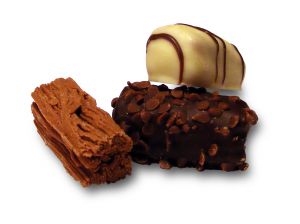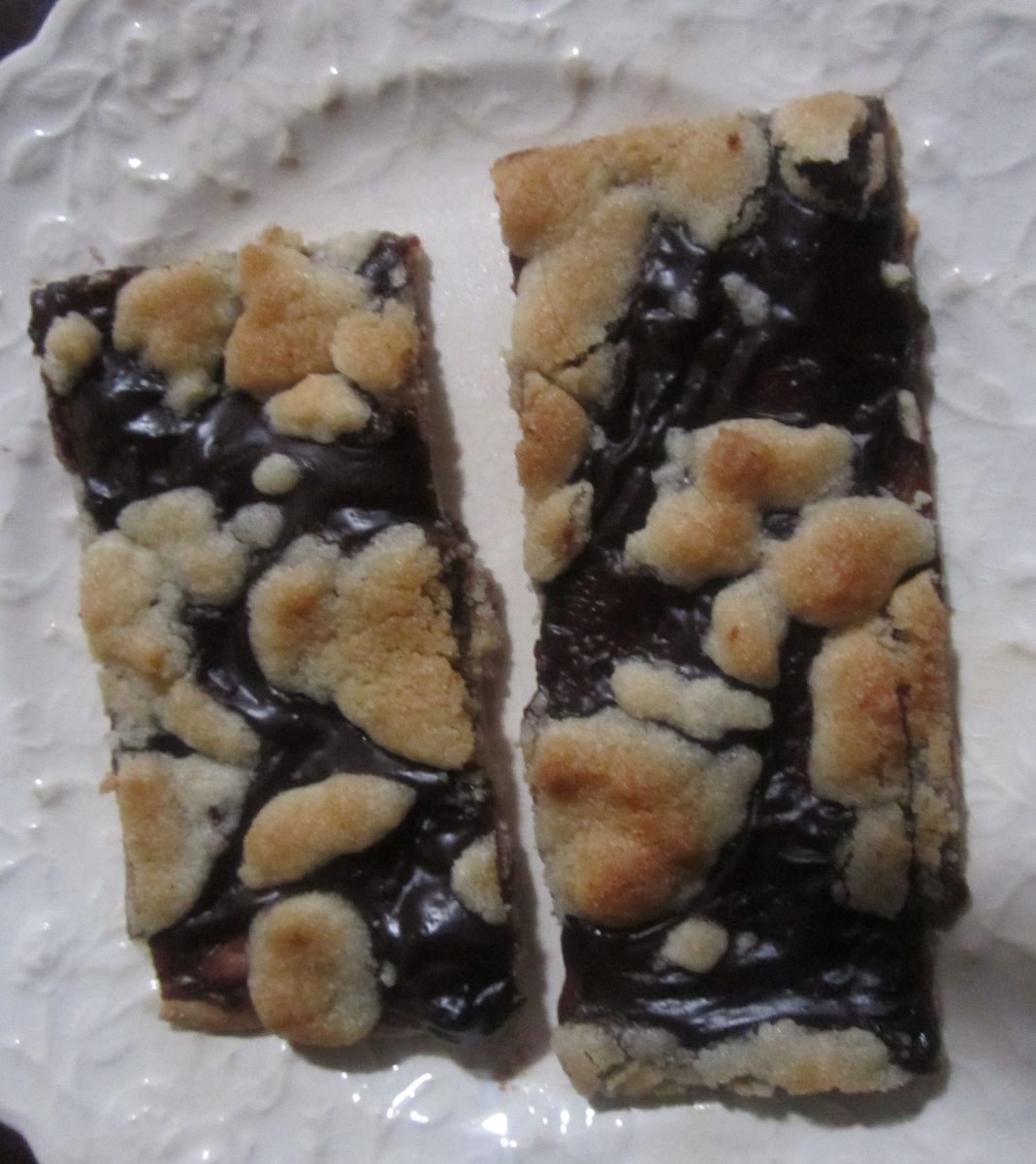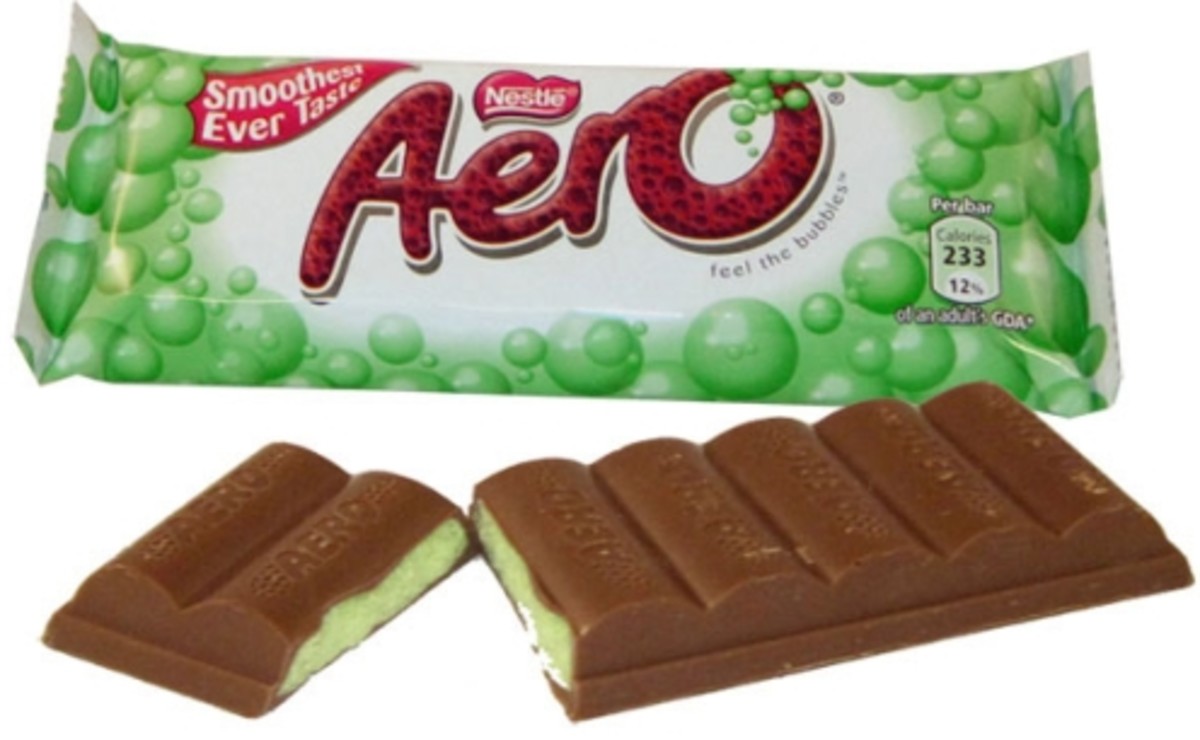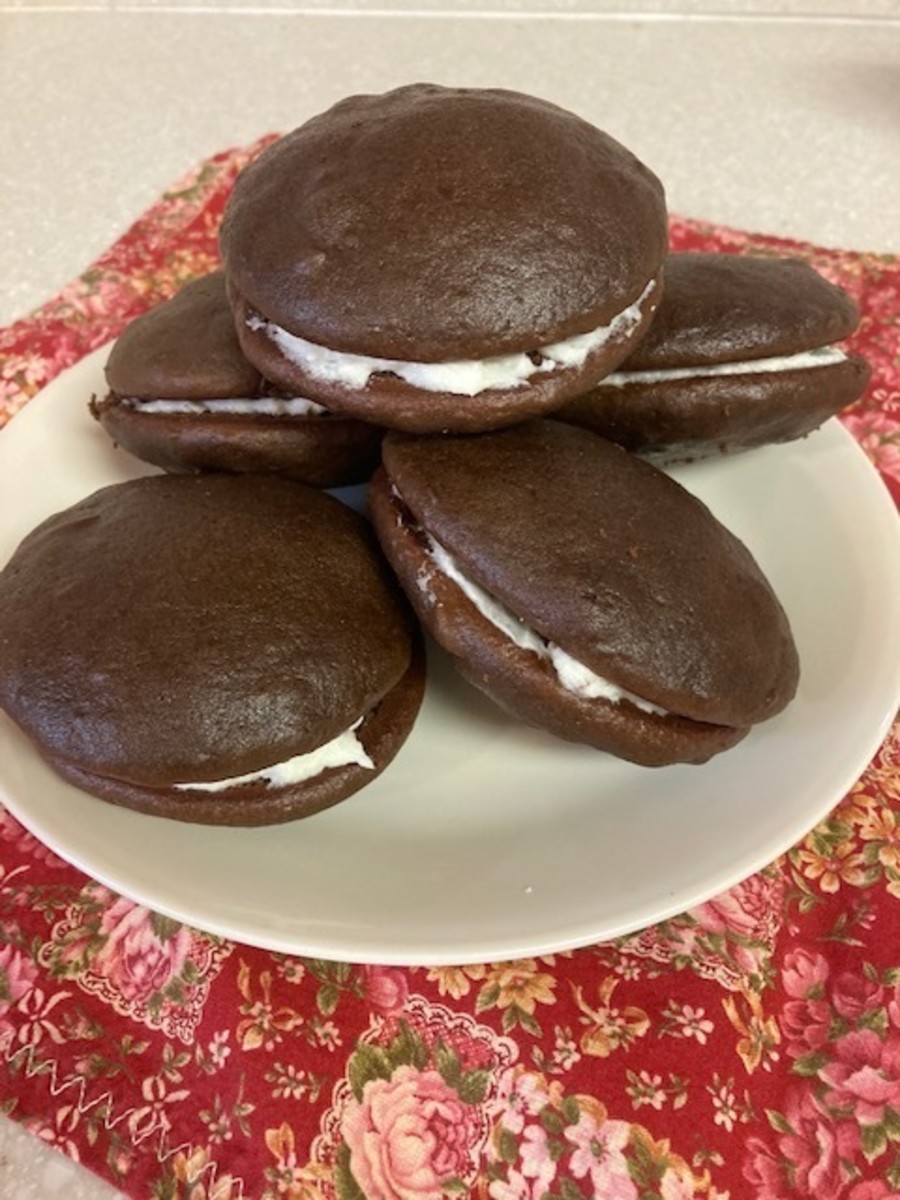Chocolate Models
Chocolate and Models
Chocolate Models is a hub page all about the delights of chocolate, written by a certified chocoholic.
This will include a nice story on where chocolate comes from plus some healthy chocolate facts that will amaze, astound and fascinate - at least arouse a sense of curiosity. Unless of course your are also a certified chocoholic...
Oh, by the way, if you landed here looking for some other kind of chocolate models, well sorry to disappoint you but the only chocolate models around here are the ones that you eat!
You might also try a chocolate themed website as an alternative chocolaty source of what you're looking for, but if you want to know more about the good stuff, then you can read some more right here if you like.

Where Does Chocolate Come From?
Where does chocolate come from? It is said that chocolate literally grows on trees and that is almost the truth of it! So for those who just like to know what that chocolate bar they are currently tucking into originated from, here's the info:
Chocolate is made from cocoa powder, which is derived from the large fruits of the cacao tree (Latin name: theobroma cacao, which means "food of the gods."). The cacao tree is native to central America, although it also grows in South America, Africa and has spread to parts of Indonesia. The cacao tree produces a large fruit that's about the size of a small pineapple. Its the insides of this fruit that the important parts are found, being the seeds, which are also known as cocoa beans.
Cocoa beans were considered valuable by the ancient Mayans who were one of the first people's to make use of them. They were often given as ceremonial gifts at certain religious or important ceremonies. Mayan merchants often used cocoa beans as currency, trading them for other commodities such as cloth, food, jade and ceremonial feathers. Mayan farmers would transport their cocoa bean harvests to the markets either by canoe or in large baskets that they strapped to their backs.
But we're talking cocoa here, as chocolate as we know it wasn't invented that long ago. The first chocolate was actually drunk as a sweetened hot chocolate drink. When European travellers such as Christopher Columbus initially brought cocoa beans back to Europe with them, no one knew what to do with them. It wasn't until Hernan Cortes and his Spanish conquistadors invaded the land of the Aztecs that it was discovered by Europeans. Cortes returned to Spain with more cocoa beans and chocolate drink making equipment. The new chocolate drink soon caught on and became a favourite of royalty.
The solid chocoate we know today was produced in Belguim by taking the cocoa powder and mixing it with milk and other ingredients to cause it to set at room temperature. In the chocolate confectionery making process special molds known as chocolate models are used to set up the shapes of the finished products.
Chocolate Health Facts
As far as chocolate goes, the health aspect is one very interesting gauge as to how chocolate can be integrated into your diet without it causing any ill-effects.
Chocolate has historically been known as a highly unhealthy snack laden with too much sugar and very fattening. A positive nightmare for slimmers who craved its sweet taste and texture, chocolate has been given a lot of bad press through the last several decades. But that is about to change... well at least a little.
Scientists have recently reported preliminary evidence that the cocoa contained in chocolate may keep high blood pressure down and your heart healthy! The research correlates eating flavonoid-rich foods with a reduced risk of cardiovascular disease and cocoa has been found to be rich in flavanoids, which are plant compounds with highly potent antioxidant properties.
One study found that a substance in cocoa helps the body to process nitric oxide (NO), which is a compound critical for healthy blood flow and normalising blood pressure. Another study revealed that flavonols found in cocoa prevent cholesterol, fat-like substances in the bloodstream from oxidizing and clogging the arteries. These flavanoids found in cocoa also make blood platelets less likely to stick together which is a major cause of blood clots.
In general, it has been found that dark chocolate contains higher levels of flavonoids than milk chocolate. The way in which cocoa powder and chocolate syrups are manufactured for milk chocolate removes most of the healthy flavonoids.
Studies also show that cocoa powder contained in both dark chocolate and milk chocolate have higher Oxygen Radical Absorption Capacity (ORAC) values than many common foods. ORAC values are a measure of how powerful an antioxidant a substance is
Dark chocolate has been found to contain more than 13,000 ORAC units whereas milk chocolate has about 6,700. Unsweetened powdered cocoa has almost twice the level of antioxidants as dark chocolate. But when it's diluted and mixed with water or milk and sugar to make hot chocolate, the level of flavonoids drops to about half that in milk chocolate.
My Related Hubs
- Chocolate Recipe
This page covers the uses of chocolate and its place in recipes for desserts, cakes and other sweet confectionery items No Photo Chocolate Or Peanut Butter Fudge Old Recipe No Bake! Current Bid: $100.00 ...









